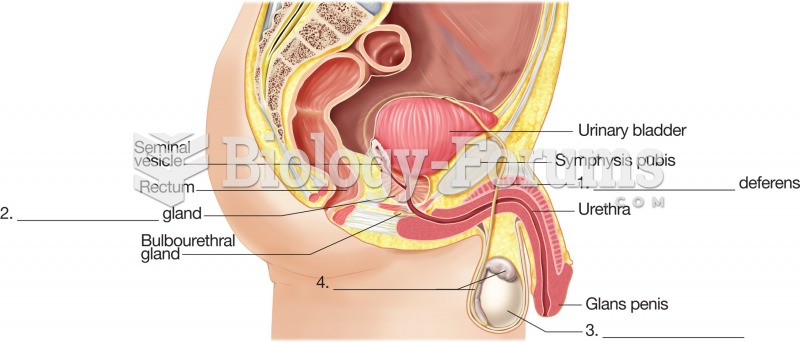Answer to Question 1
1,2,4
Rationale 1: Lack of secondary sexual characteristics like beard development is associated with hypogonadism.
Rationale 2: Lack of secondary sexual characteristics like pubic hair is associated with hypogonadism.
Rationale 3: It is more likely that subcutaneous fat will be increased in a patient with hypogonadism.
Rationale 4: Lack of secondary sexual characteristics like development of the testes is associated with hypogonadism.
Rationale 5: Pale skin is not associated with hypogonadism.
Global Rationale: Lack of secondary sexual characteristics like beard development, pubic hair, and testicular development is associated with hypogonadism. It is more likely that subcutaneous fat will be increased in a patient with hypogonadism. Pale skin is not associated with hypogonadism.
Answer to Question 2
1, 2, 3
Rationale 1: A nurse may apply heat or cold, assist a client with hydrotherapy, or offer massage to a client who has muscle spasms.
Rationale 2: A nurse may apply heat or cold, assist a client with hydrotherapy, or offer massage to a client who has muscle spasms.
Rationale 3: A nurse may apply heat or cold, assist a client with hydrotherapy, or offer massage to a client who has muscle spasms.
Rationale 4:Manipulation is incorrect because manipulation requires specialized training, such as chiropractic or physical medicine.
Rationale 5:Liniments is incorrect because this is a pharmacologic intervention.
Global Rationale: A nurse may immobilize the affected extremity, apply heat or cold, assist a client with hydrotherapy, or offer massage to a client who has muscle spasms. Manipulation requires specialized training, such as chiropractic or physical medicine. Liniments are a pharmacologic intervention.







